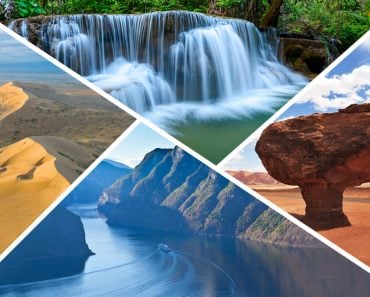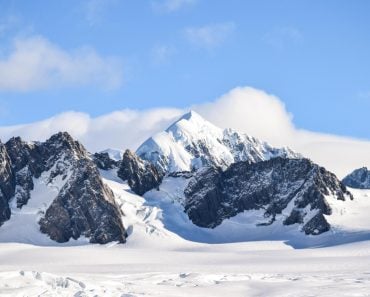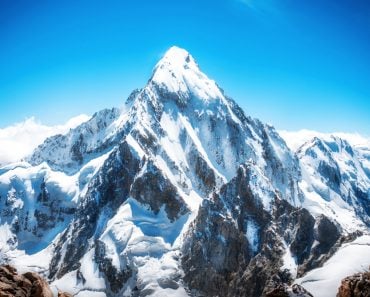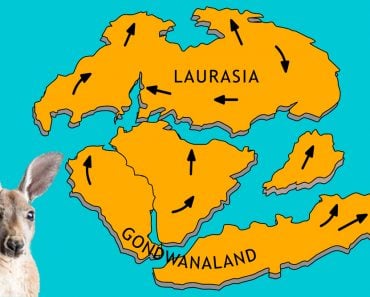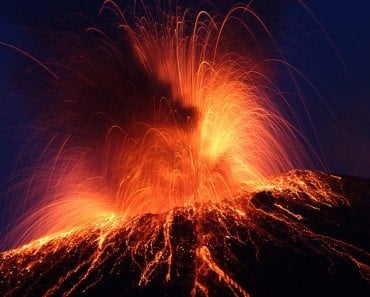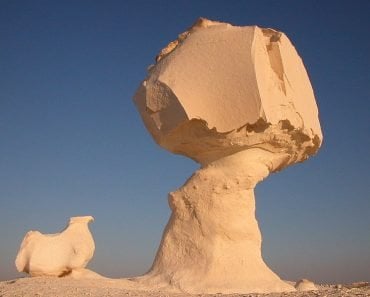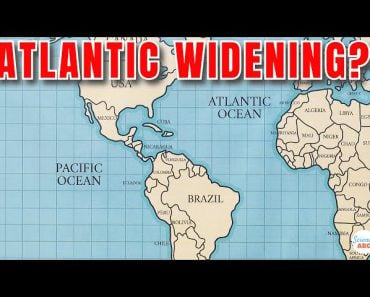Table of Contents (click to expand)
Tectonic activity resulting in elevation changes can lead an already powerful river to begin carving out a canyon.
At some time in your life, you have seen canyons, ravines or gorges, even if it was just through beautiful pictures in magazines. To jog your memory a bit, take a look at the image below of the magnificent Grand Canyon.
As its name suggests, it is a magnificent geological structure found in the USA in arid Northern Arizona. Its beautiful shape and strikingly colorful horizontal layers called strata are some of the most unique features of the Grand Canyon. Can you believe that the structure has been almost 2 billion years in the making, beginning long before dinosaurs?
However, the most intriguing question relates to how it was formed. When I first saw a picture of the Grand Canyon, I couldn’t stop wondering about the hundreds of defined strata. I felt like they resembled something… and then I realized that, yes, I had seen similar markings on the sides of a dry riverbed!
As it turns out, this magnificent canyon, spanning more than 1000 acres, with an elevation ranging between 5000-9000 feet, is the work of a river!
I suddenly found myself questioning if all rivers could make such humongous canyons, or it it could only be done by special ones. That is precisely what we will explore today.
Recommended Video for you:
The Power Of Rivers
Rivers, as we know, are streams of flowing water. Some have water all through the year, while others only fill up during certain seasons. The most important fact here is that they are very powerful water bodies. They carry a substantially large amount of water and are flowing at rapid speeds, and if you know Physics, you understand that large mass and speed combined makes for quite a powerful and dangerous package!

Rivers are insistent, so wherever they go, they literally carve out a path for themselves to flow. Even when they dry up, the deep path they carved is still very much present. And it’s not just their flow paths they are carving; they also form various beautiful water bodies, such as lakes and waterfalls.
Now, imagine these rivers that are shaping and carving landscapes have an extra assist from gravity. Can you imagine the added force? This is what happens in canyon formation.
How Are Canyons Formed?
Let’s get some features of canyons straight in our minds. They are steep, while the valley below is narrow. They tend to be very deep and have strata on both sides of its walls. Now, let’s concentrate on how it formed.
Canyons are the result of erosion over a very long period of time, and came about due to some kind of tectonic activity. Simply put, “tectonic”, in terms of geology, relates to the Earth’s outer layer. So, tectonic activity includes the different processes taking place on the Earth’s crust. These activities can be earthquakes, landslides, and other ground-shaking ruptures. For the formation of canyons to occur, tectonic activity should result in a difference in elevation.
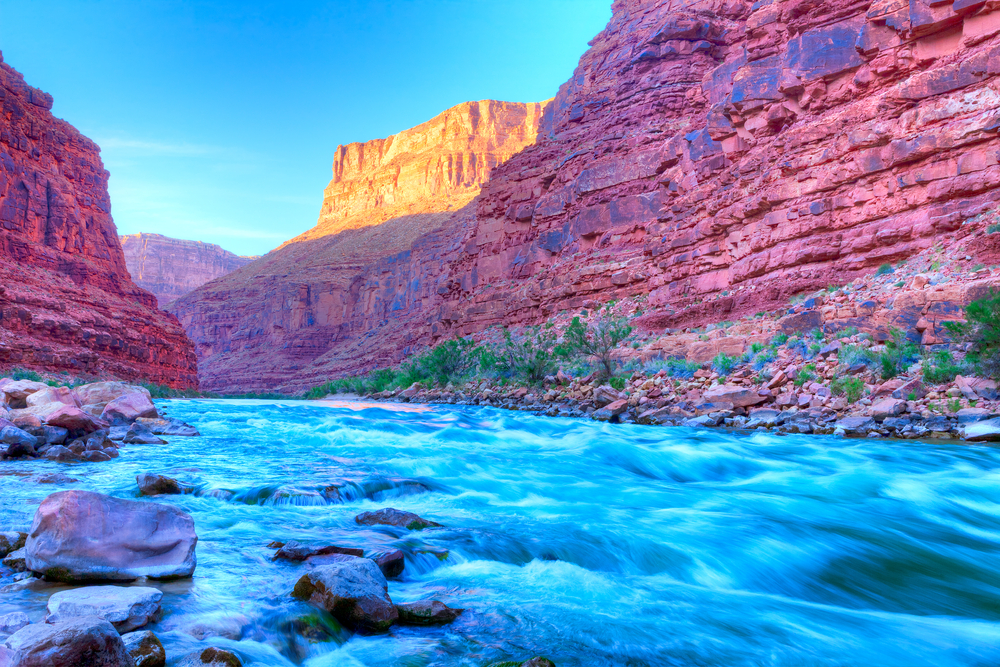
This is where a normally powerful river flowing in a region becomes even more powerful. The difference in elevation now gives the river an added boost, and the force is enough for it to start carving deeper into the earth. If you have ever noticed the walls of canyons and their vivid layers, they are steep because the sides of the rivers don’t get as must water flowing over them, so there is less erosion than at the center. That is why the centers are so steep and valleys are formed.
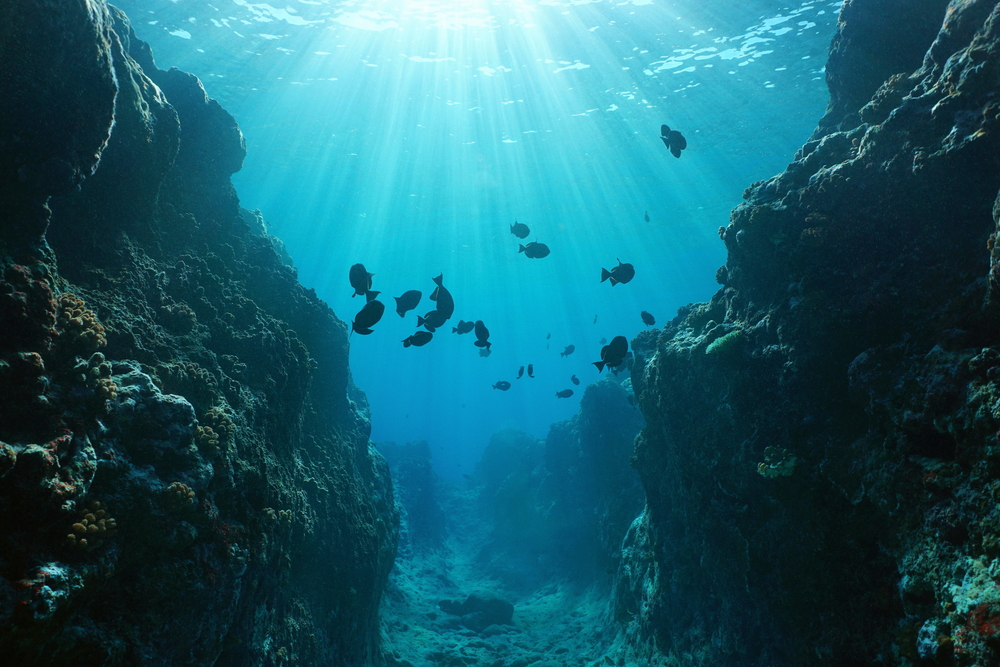
There are so many of these canyons on Earth. We have already mentioned the Grand Canyon, but there is also the Tibetan Yarlung Zangbo Grand Canyon, which is the largest canyon—with its valley going down more than 17,000 feet! You might be surprised to learn this, but there are also many canyons underwater that were formed by fast-moving rivers when the water level was miles and miles lower.
Let’s go back to our first example of a canyon: The Grand Canyon. The fact that the canyon is in an arid region helped speed up the erosion of its nearby soil. The tectonic activity that gave its river more power was an added bonus that helped create this huge geological structure.
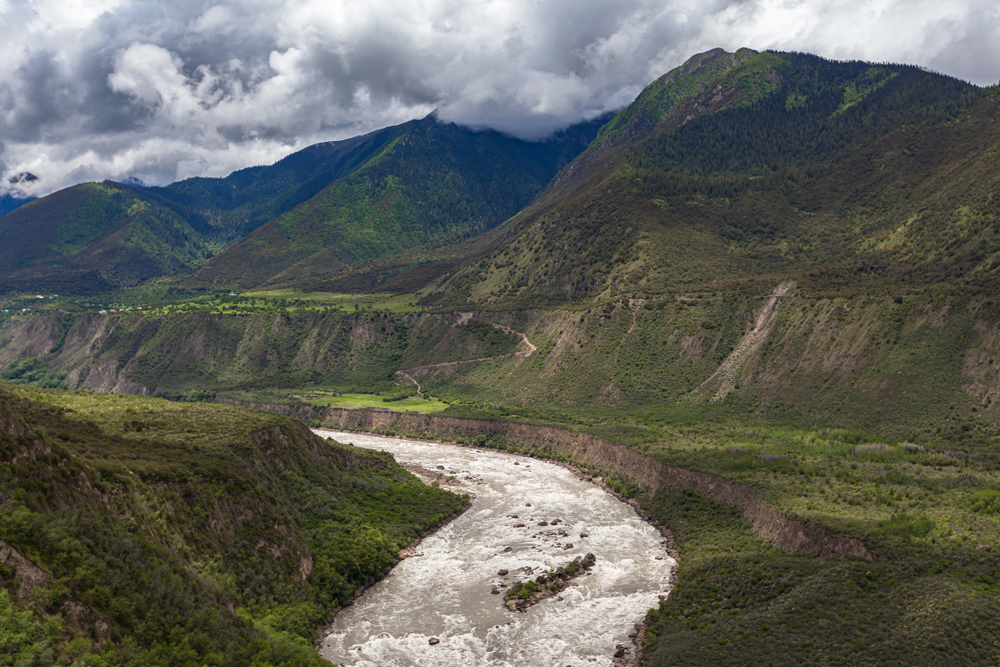
Similarly, for the Tibetan Yarlung Zangbo Grand Canyon, it was tectonic activity that led to the river behaving in a manner to create Earth’s largest canyon. How interesting that this Canyon is only around 30,000 years old, but already surpasses the Grand Canyon in height/depth!
However, if you think canyons are done forming, you’re wrong. The rivers haven’t stopped flowing and the tectonic activity hasn’t reversed. The rivers will keep on digging deeper into the earth, creating strata on the canyon walls and making ever-steeper valleys. In a hundred years, these canyons will look notably different than they do now, primarily in terms of height and corrosion due to the river flow.
Basically, it seems that all rivers are capable of forming canyons, provided that tectonic activity favors the boost in the power of the rivers. At that point, it’s all in the hands of time!

